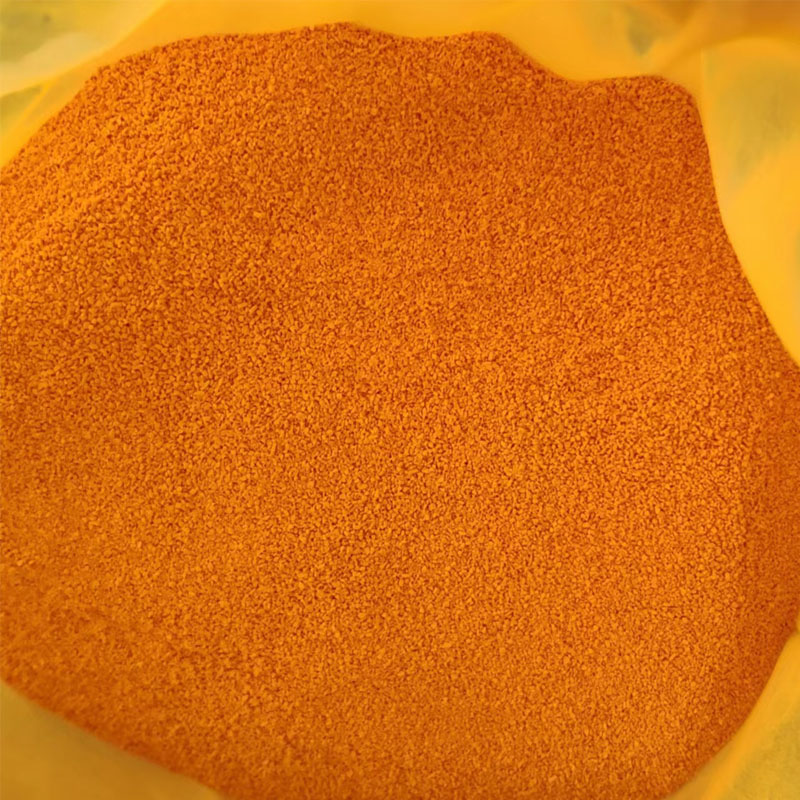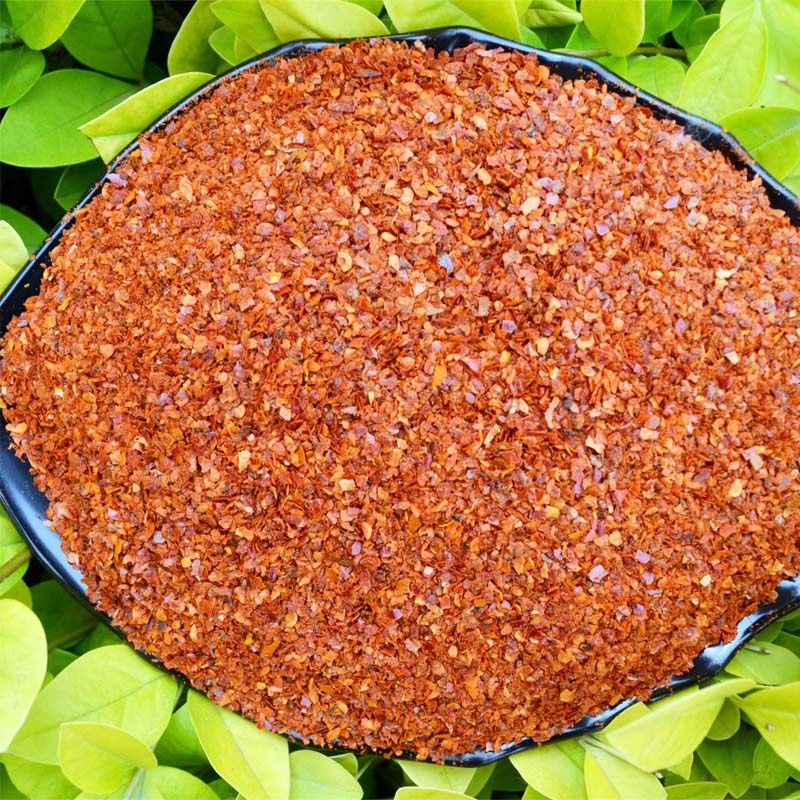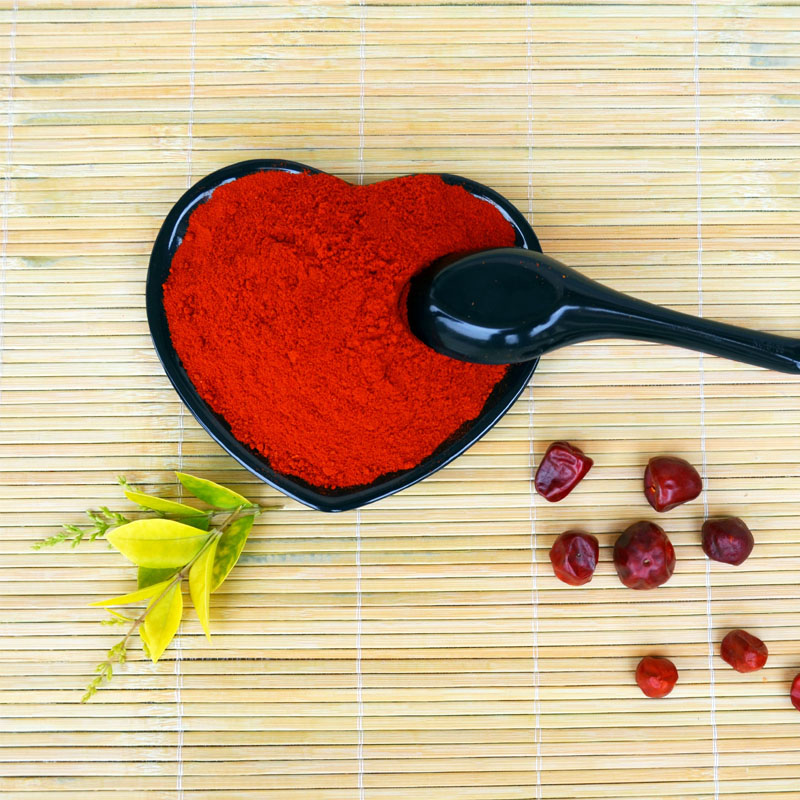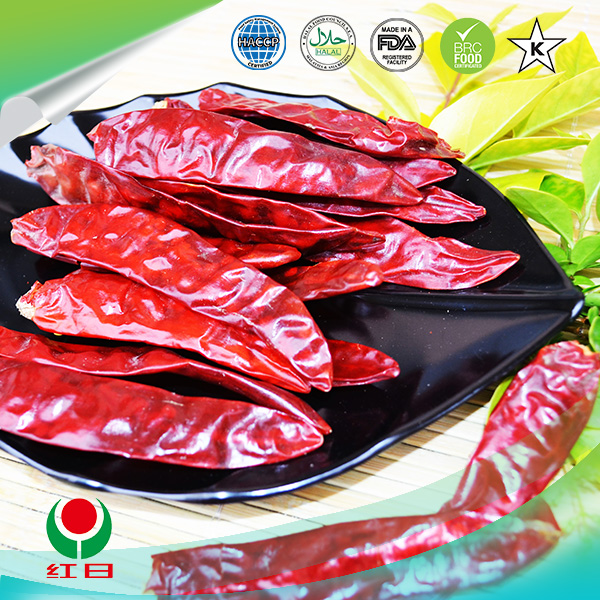- No. 268 Xianghe Street, Economic Development Zone of Xingtai city, Hebei 054001 China
- Byron@hbhongri.cn
different paprikas
Exploring the World of Different Paprikas
Paprika, a vibrant spice that brings both color and flavor to countless dishes, has a rich history and an even richer variety. Derived from the dried fruits of Capsicum annuum, paprika is beloved in kitchens around the world, particularly in Europe, the Mediterranean, and the Americas. While most people associate paprika with Hungary, where it is a key ingredient in traditional cuisine, the spice actually has many different types, each with its unique characteristics, flavor profiles, and culinary uses.
The Varieties of Paprika
1. Sweet Paprika Often referred to simply as paprika, this variety is commonly found in supermarkets. It has a mild, sweet flavor with little to no heat, making it ideal for adding color and depth to dishes without overwhelming the palate. Sweet paprika is often used in Spanish and Hungarian cuisine, where it stars in dishes like goulash and as a colorful garnish for deviled eggs.
2. Smoked Paprika Known as pimentón in Spanish, smoked paprika is made from peppers that have been dried over an oak wood fire, imparting a distinct smoky flavor. This variety comes in different heat levels—sweet, semi-spicy, and hot—allowing cooks to choose based on their personal preferences. Smoked paprika is a favorite in Spanish dishes such as chorizo, paella, and various stews, adding both aroma and complexity.
3. Hot Paprika For those who enjoy a spice kick, hot paprika adds intensity to dishes without overshadowing other flavors. It is often used to season meats, soups, and stews. The heat can vary widely among different brands and origins, so exploring various hot paprikas is an adventure for any culinary enthusiast.
different paprikas

4. Hungarian Paprika Recognized for its superior quality and intense flavor, Hungarian paprika comes in several grades, ranging from delicate and sweet to robustly spicy. The country's climatic conditions and the specific Capsicum varieties cultivated there contribute to paprika's depth of flavor. In Hungary, paprika is not just a spice; it is a source of national pride, frequently used in traditional dishes like stuffed peppers and hearty stews.
5. Spanish Paprika Different from its Hungarian counterpart, Spanish paprika often has a more complex, earthy flavor, thanks to the various types of Capsicum peppers used. It is key in Spanish cuisine, especially in chorizo sausage and dishes like patatas bravas. Variants like dulce (sweet) and picante (spicy) allow chefs to infuse dishes with just the right amount of heat and sweetness.
Culinary Applications
Paprika can enhance a variety of dishes across numerous cuisines. It may be sprinkled on vegetables before roasting, incorporated into sauces for depth, or used as a garnish for beautiful presentations. Its ability to add color without significant heat makes it a versatile ingredient in both hot and cold dishes.
Conclusion
Diving into the world of paprika opens up a realm of flavor possibilities. Whether you prefer sweet Hungarian paprika or the robust smoky notes of Spanish pimentón, exploring different paprikas can elevate your cooking to new heights. With each variety contributing its unique characteristics, paprika stands out not just as a spice, but as a symbol of the culinary traditions it represents. So, the next time you reach for that jar of paprika, consider the diverse options available and let your dishes reflect the many flavors of this beloved spice.
-
Turmeric Rhizome Powder: A Golden Treasure from Roots to TableNewsJul.28,2025
-
The Versatile Application Of Crushed Red Hot Peppers: Lighting Up The Red Flames On The Dining TableNewsJul.28,2025
-
The Paprika: A Touch Of Vibrant Red In Color, Flavor, And CultureNewsJul.28,2025
-
Ground Turmeric: A Modern Examination of an Ancient SpiceNewsJul.28,2025
-
Capsicum Liquid Extract: Features, Applications, and ChallengesNewsJul.28,2025
-
Application of Capsicum Liquid Extract in FoodNewsJul.28,2025







